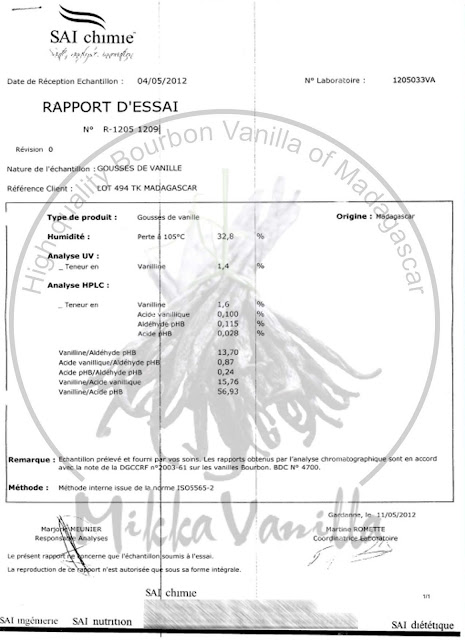The first to cultivate vanilla were the Totonac people, who inhabit the Mazatlan Valley on the Gulf Coast of Mexico in the present-day state of Veracruz. According to Totonac mythology, the tropical orchid was born when Princess Xanat, forbidden by her father from marrying a mortal, fled to the forest with her lover. The lovers were captured and beheaded. Where their blood touched the ground, the vine of the tropical orchid grew.
In the fifteenth century, Aztecs invading from the central highlands of Mexico conquered the Totonacs, and soon developed a taste for the vanilla bean. They named the bean"tlilxochitl", or "black flower", after the mature bean, which shrivels and turns black shortly after it is picked. Subjugated by the Aztecs, the Totonacs paid tribute by sending vanilla beans to the Aztec capital, Tenochtitlan.
Until the mid-19th century, Mexico was the chief producer of vanilla. In 1819, however,French entrepreneurs shipped vanilla beans to the islands of Réunion and Mauritius in hopes of producing vanilla there. After Edmond Albius, a 12-year-old slave from Réunion Island, discovered how to pollinate the flowers quickly by hand, the pods began to thrive. Soon the tropical orchids were sent from Réunion Island to the Comoros Islands and Madagascar along with instructions for pollinating them. By 1898, Madagascar, Réunion, and the Comoros Islands produced 200 metric tons of vanilla beans, about 80% of world production. Madagascar is now responsible for 97% of the world's vanilla bean production.
The market price of vanilla rose dramatically in the late 1970s, after a tropical cyclone ravaged key croplands. Prices remained high through the early 1980s despite the introduction of Indonesian vanilla. In the mid-1980s, the cartel that had controlled vanilla prices and distribution since its creation in 1930 disbanded. Prices dropped 70% over the next few years, to nearly US$20 per kilogram, but would rise sharply again after tropical cyclone Hudah struck Madagascar in April 2000. The cyclone, political instability, and poor weather in the third year drove vanilla prices to an astonishing US$500 per kilogram in 2004, bringing new countries into the vanilla industry. A good crop, coupled with decreased demand caused by the production of imitation vanilla, has pushed the market price down to the $40 per kilo range in the middle of 2005.
Madagascar (mostly the fertile region of Sava) now accounts for much of the global production of vanilla. Mexico, once the leading producer of natural vanilla with an annual 500 tons, produced only 10 tons of vanilla in 2006. An estimated 95% of "vanilla" products actually contain artificial vanillin, produced fromlignin.













